A foot and a half of water that has recently fallen on South Florida has left Miami unrecognizable. Meteorologists have already stated that these latest storms seen throughout the state have combined to create a once-in-200-years event.
Miami’s difficulty in dealing with this massive amount of rain has also caused many to point to Florida’s inability to deal with ongoing climate change problems.
A Regular Rainstorm Decimates Miami

Last week, much of South Florida found itself struggling with flooding situations thanks to an average — yet incredibly strong and fierce — rainstorm.
This rainstorm fell hard on Miami, leaving many locals stranded on medians and calling for roadside assistance that never came to save them from the rising flood.
Stronger Storms vs Tropical Storms

Meteorologists have noted that Miami simply faced a very strong rainstorm. This wasn’t a tropical storm or a hurricane, two other events that often have harmed Miami streets in the past.
This realization has forced many to realize that Miami may be ill-equipped to deal with rising sea tides and stronger rainstorms — rainstorms that experts say may be in our near future more frequently.
Miami May Receive More “Rain Bombs”

This latest storm that hit Miami and the rest of South Florida has been called Invest 90L. Weather experts have warned that these so-called “rain bombs” may be seen in Miami more as the planet gets hotter.
Warmer air can create more room between molecules, which can increase the possibility of moisture. Thus, a warmer world can create more rain — and more “rain bombs”.
An Inability to Fight Climate Change

Many scientists have pushed for cities that are at risk of climate change disasters, such as Miami, to invest in the future. For decades, scientists have made this push.
However, Miami hasn’t necessarily made any major decisions to truly stop rising ocean waters or protect its residents from more severe and frequent flooding situations.
NOAA’s Warnings
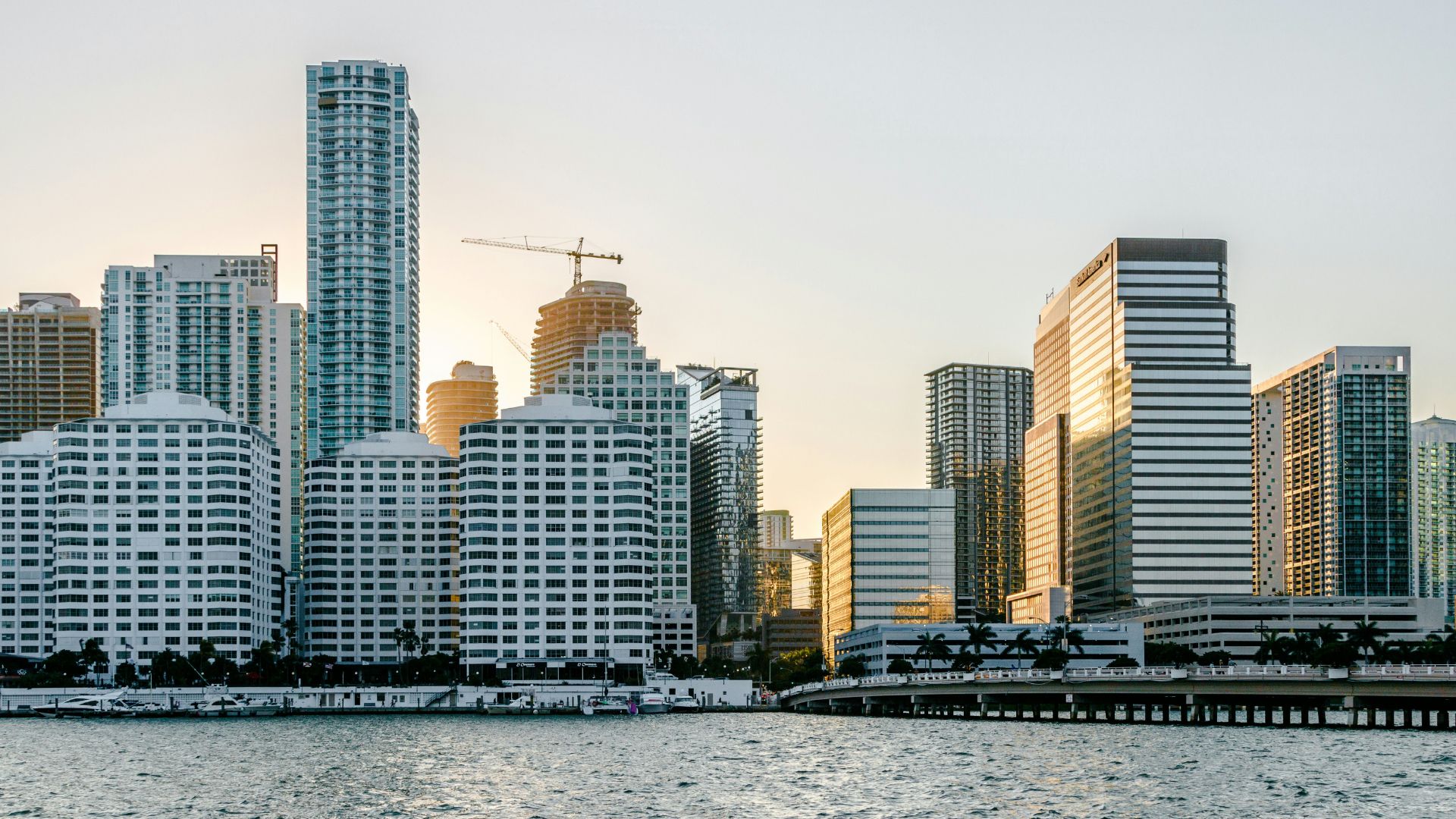
The National Oceanic and Atmospheric Administration (NOAA) has forecasted that Miami and the rest of South Florida could receive 11 extra inches of ocean by as soon as 2040.
Miami — which was built on a drained swamp — could suffer from these rising sea levels. Since 1998 alone, sunny-day flooding from high tides has increased 400% in South Florida. Other forecasts point to these types of flooding happening more and more as the ocean’s levels rise.
Miami’s Climate Change Solutions So Far

While Florida’s Governor Ron DeSantis refuses to state that climate change has anything to do with recent rainfalls, Miami and other parts of South Florida have made small investments to try to help their residents from flooding.
For the most part, canals run by the government and private entities help to drain water during massive storms. These canals move water to the sea.
Canal Struggles
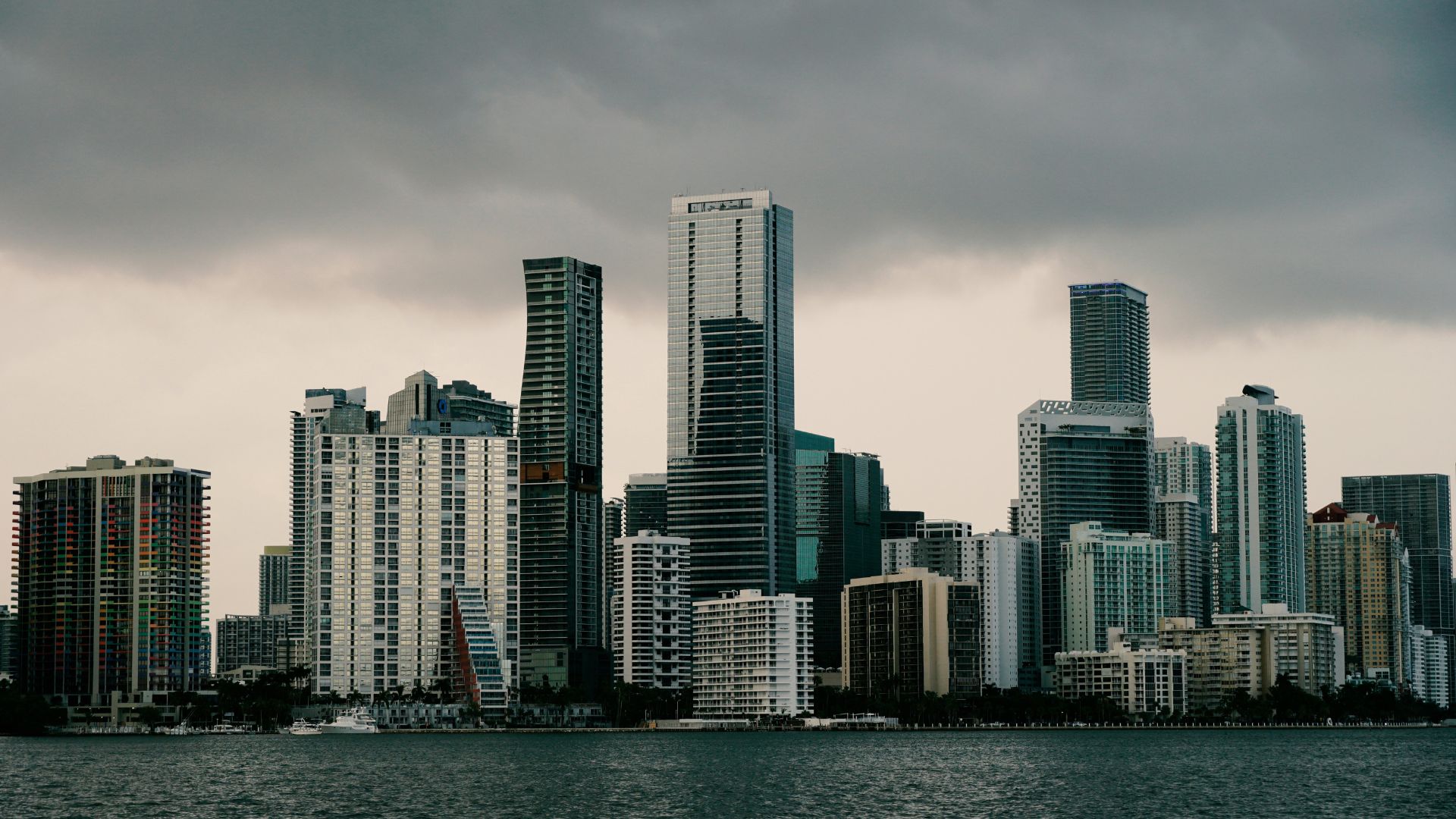
However, these canals are not without their problems. During periods of high sea levels, this rain cannot be drained into the ocean successfully.
This has resulted in the South Florida Water Management District (SFWMD) revealing that many canals need to have pump additions to further help the movement of water away from the city during periods of flooding and high sea level rises.
A Lack of Draining
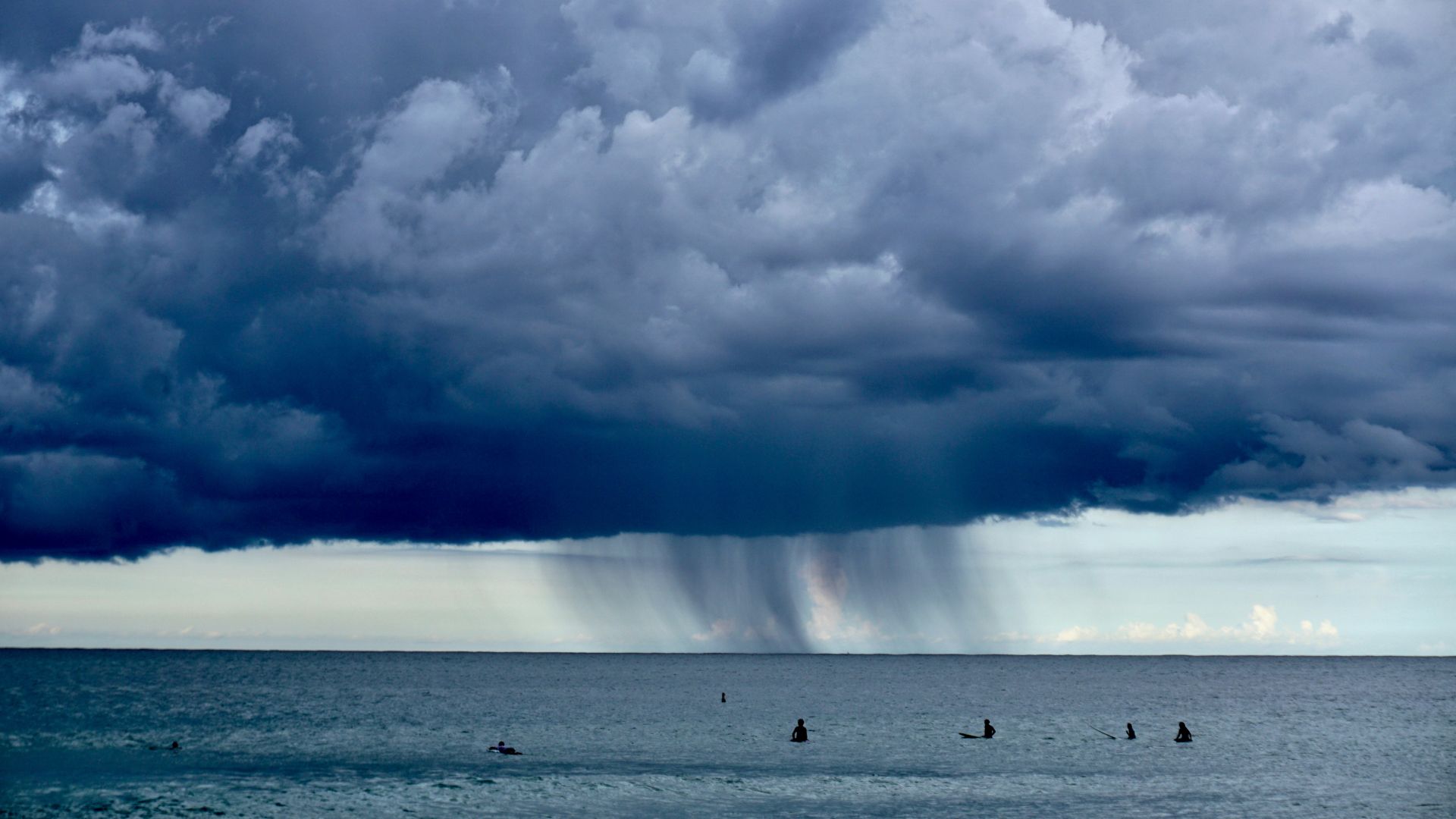
However, during last week’s flooding in Miami, the seas weren’t at high tides. Even with these lower ocean waters, the water that fell on the city wasn’t able to easily drain through the canals.
Experts have claimed this is because the rain fell so hard and quickly on Miami. If the rain would’ve fallen more gently, it would’ve drained properly.
An Inability to Protect From “Rain Bombs”

Even more worryingly, experts have claimed that there is no infrastructure or canal system that could accurately drain this much water, this quickly.
Bryan McNoldy, a senior researcher at the University of Miami’s Rosenstiel School of Marine, Atmospheric, and Earth Science, explained, “Nowhere can withstand this much rain.”
DeSantis Rejects Climate Change Theories
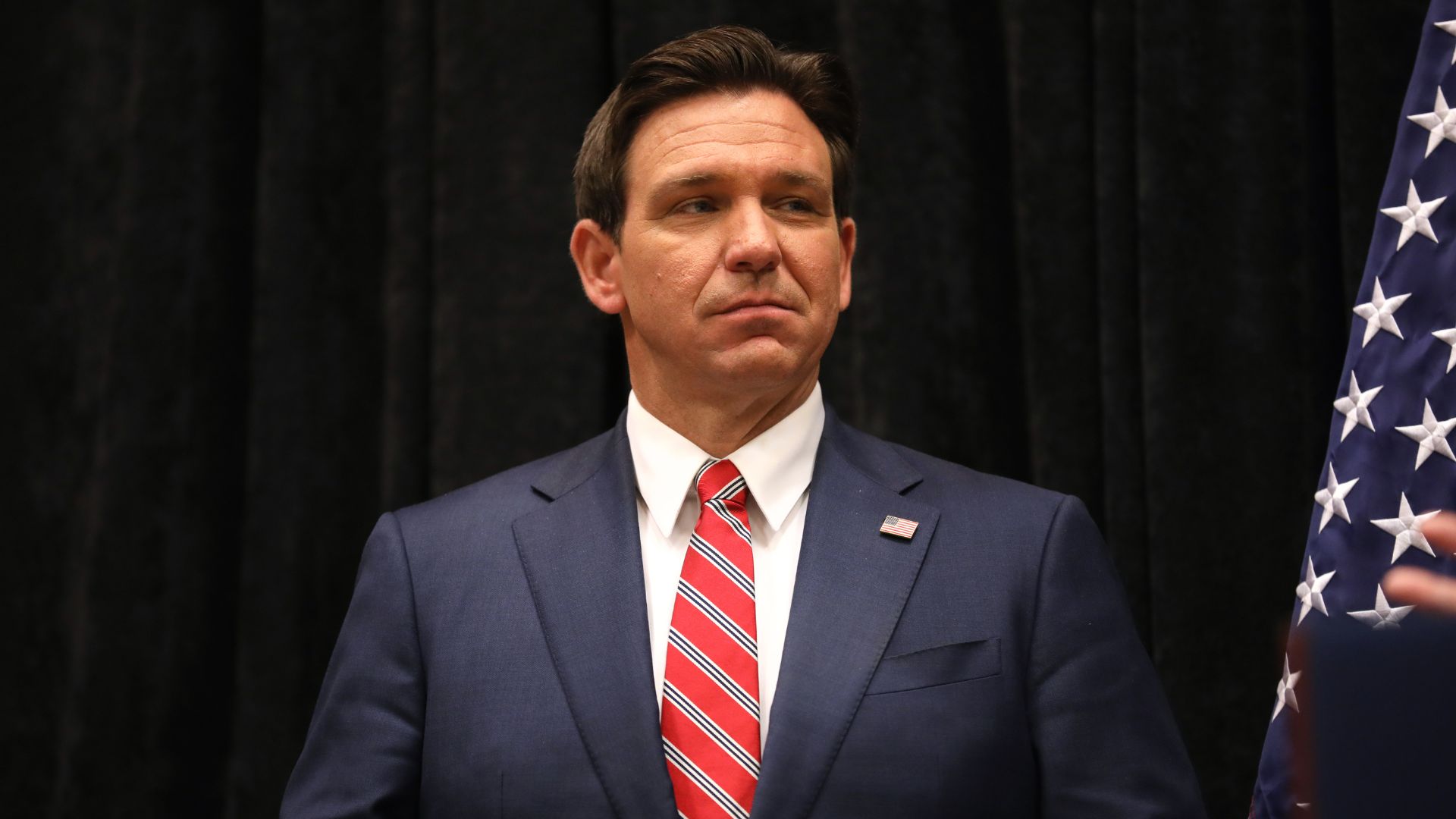
This recent rainfall also comes after DeSantis has created an open war on even using the term “climate change” in state statutes. Critics have claimed that this outlook has made the government ill-prepared to deal with climate change events that Miami and the rest of Florida will likely continue to see.
Just last week, DeSantis doubled down on his view, stating that “we don’t want our climate policy driven by climate ideology.”
Miami’s Future
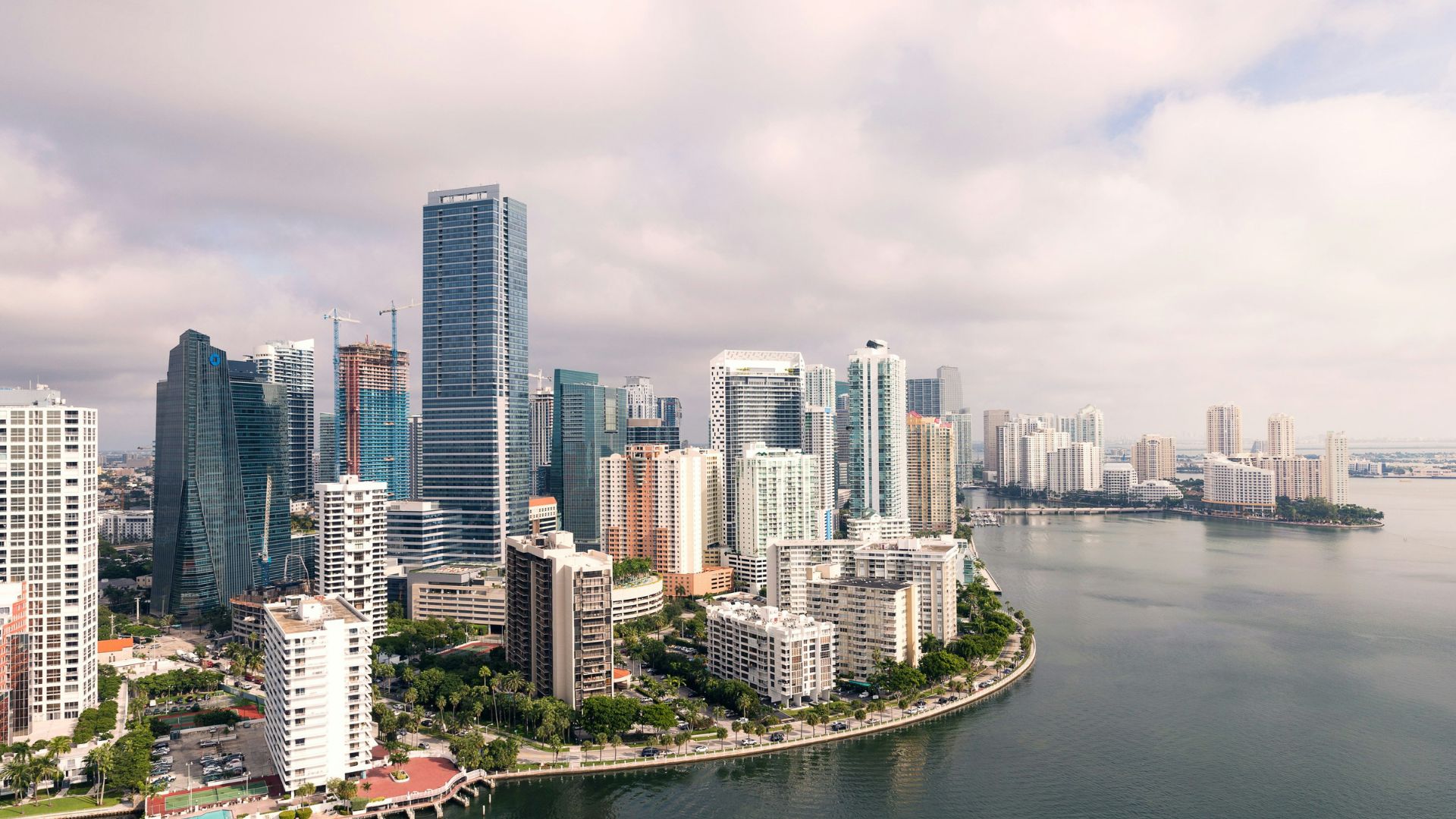
Experts have increased their decades-long warnings about what strong rainfall and potential hurricanes could do to Miami as a whole. If investments and government action aren’t made quickly, these specialists worry that massive displacement could occur.
If a major hurricane strikes South Florida, analysts have forecasted that up to one million people could be displaced. Other statistics warn that much of Miami’s six million population could have to eventually leave and find a home elsewhere, thanks to climate change and rising ocean waters.
